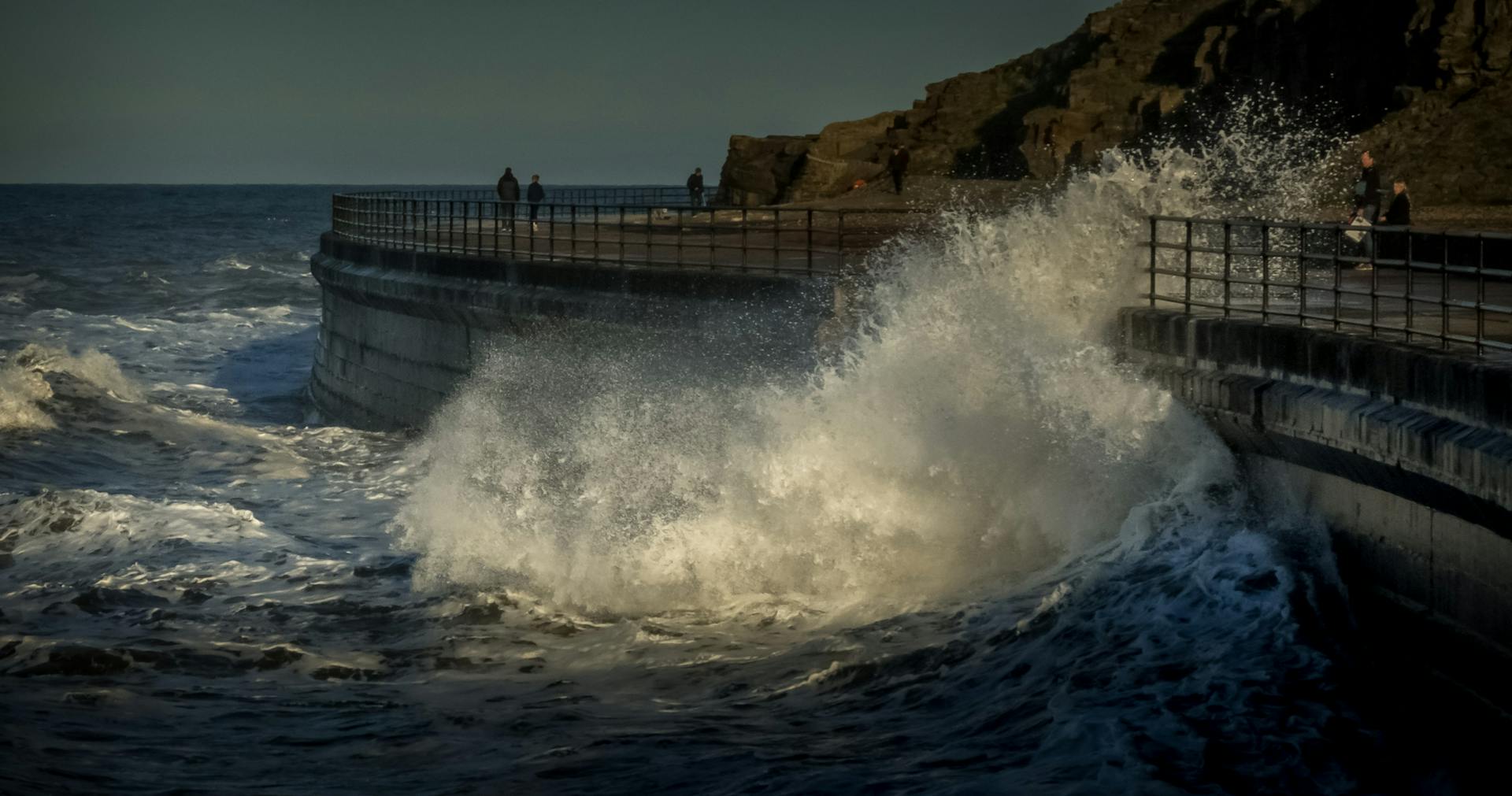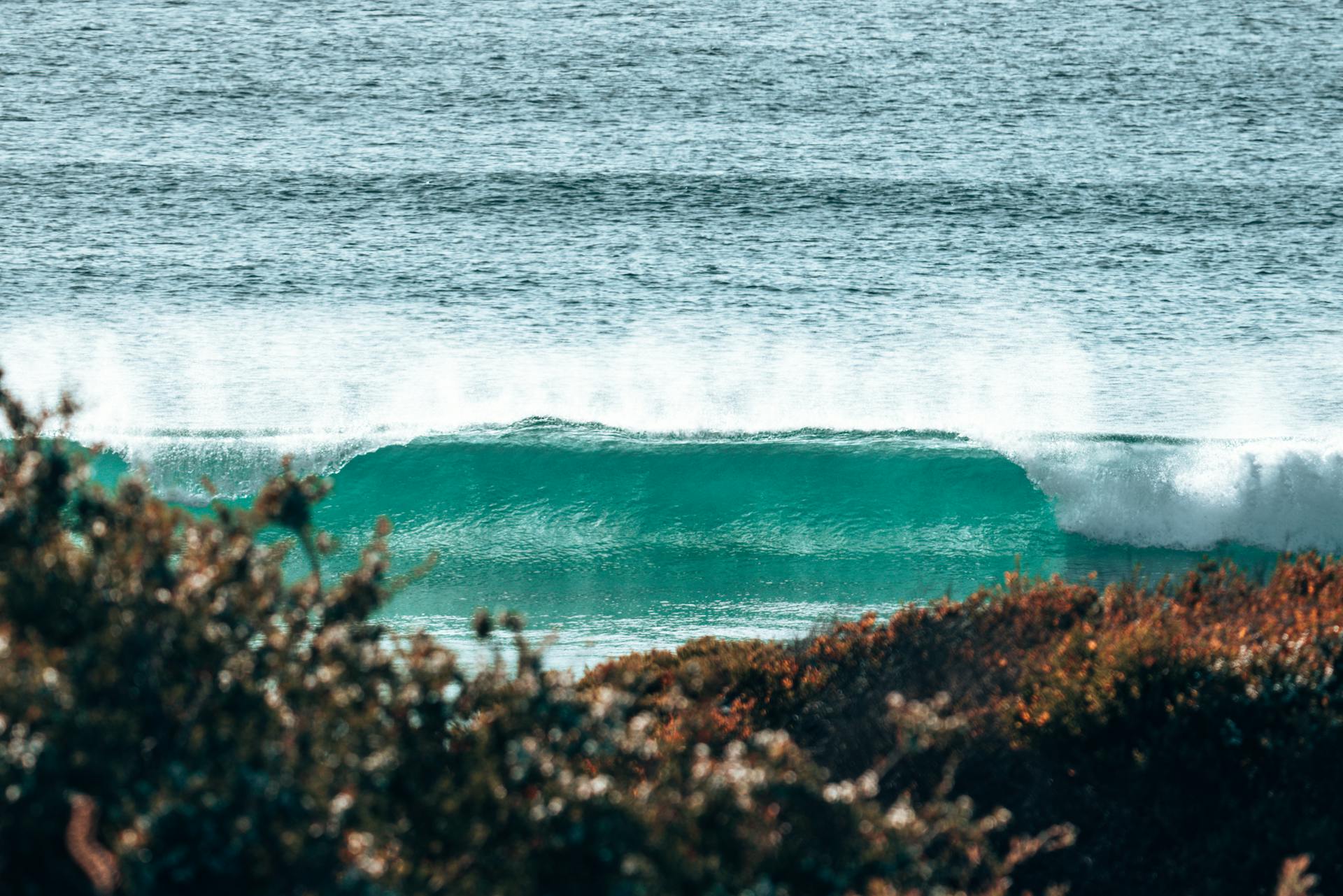
A shore power switch is a device that allows you to easily switch between using your boat's generator or an external power source, such as a dock's electrical connection.
This switch is usually installed on the boat's electrical panel and is designed to automatically switch to the external power source when it's available, reducing wear and tear on your generator.
The shore power switch typically consists of a single circuit breaker or a separate switch for each circuit, and it's usually connected to a circuit breaker panel or a fuse box.
Having a shore power switch can be a lifesaver, especially when you're at a marina or dock, and you need to run multiple appliances on your boat.
Understanding Shore Power Switches
Power transfer switches are a must-have for any boat owner who wants to extend the life of their generator. By not relying solely on the generator's power, you can prevent wear and tear on its internal parts.

You should follow a specific procedure when switching from shore power to generator to ensure safety. This involves turning off the shore-power breaker at the distribution panel, followed by the branch circuits and main breaker.
To prevent water damage, it's essential to store shore-power cables in a designated locker, away from moisture and cleaning supplies. If leaving at a dockside hanger, disconnect the plug and keep it facing down to prevent water intrusion.
Where Power is Implemented
Power transfer switches are implemented in vessels that need to be able to switch between shore power and generator power. This gives them a unique advantage over the other types of switches.
These types of switches are equally useful in new equipment installs just as they are as replacement parts.
Switch to Shore
Power transfer switches are implemented in vessels that need to switch between shore power and generator power, giving them a unique advantage over other types of switches.
To switch from generator to shore power, first turn off the shore-power breaker at the distribution panel, followed by the branch circuits, and then the main breaker. This prevents the generator from being immediately loaded upon start-up.
It's essential to run the blower before starting the generator, and use the transfer breaker to switch from shore power to genset. Then, start the generator and allow it to warm up for five to 10 minutes.
When returning to the dock, don't immediately turn off the generator. Instead, shut down systems and allow the generator a five- to 10-minute cool-down period with no load.
To safely plug in the shore-power cord, plug it in at the boat first, before plugging the opposite end into the dockside power outlet. Then, turn on the breaker at the dockside power before switching the source of the house power at the transfer switch.
Keep shore-power cables stored in a designated locker, away from moisture and cleaning supplies.
Difference Between These Switches
The difference between these switches lies in their design and functionality.
The number of poles can vary, allowing you to choose a switch based on the number of circuits you need to connect.
You can select the amperages available, which is crucial for different power requirements.
A ship shore power transfer switch is your basic power transfer switch, consisting of three positions: Shore / Off / Generator.
It's available in 2, 3, or 4 pole options and a range of amperages, including 10-amp, 15-amp, 20-amp, and more.
The multi-step power transfer switch allows you to combine multiple shore power sources, giving you more options than the ship shore switch.
With the multi-step switch, you can still draw power from one source if needed, but you'll also have the option to draw from two sources when possible.
All power transfer switches have built-in safety features, which is a significant factor that separates them from other styles.
Question:
Raoul's question highlights the importance of understanding shore power switches. The Victron product catalogue shows a 'Transfer switch' rated in amps, which suggests it's related to the boat's electrical system.
This is indeed the case. A transfer switch is a critical component that ensures a safe and efficient transition between shore power and the boat's onboard electrical system.
Safety and Features
Power transfer switches are designed with safety in mind, featuring a non-conductive switch body and handle that prevents accidental shocks and shorts.
The non-conductive body of these switches is a crucial safety feature that protects users from electrical harm.
A multistep power transfer switch carries "break-before-make" technology, which disconnects a circuit before connecting another to prevent momentary connections between old and new signal paths.
This safer connection and disconnection method helps protect your electrical system over time.
Sources
- https://www.pacergroup.net/switches-and-switch-covers/power-transfer-switches/
- https://www.victronenergy.com/transfer-switches/ve-transfer-switch
- https://www.boatingmag.com/switch-generator-to-shore-power/
- https://www.pysystems.ca/resources/boating-tech-talk/what-is-a-transfer-switch-for-an-inverter-charger/
- https://www.busconversionmagazine.com/forum/index.php
Featured Images: pexels.com


